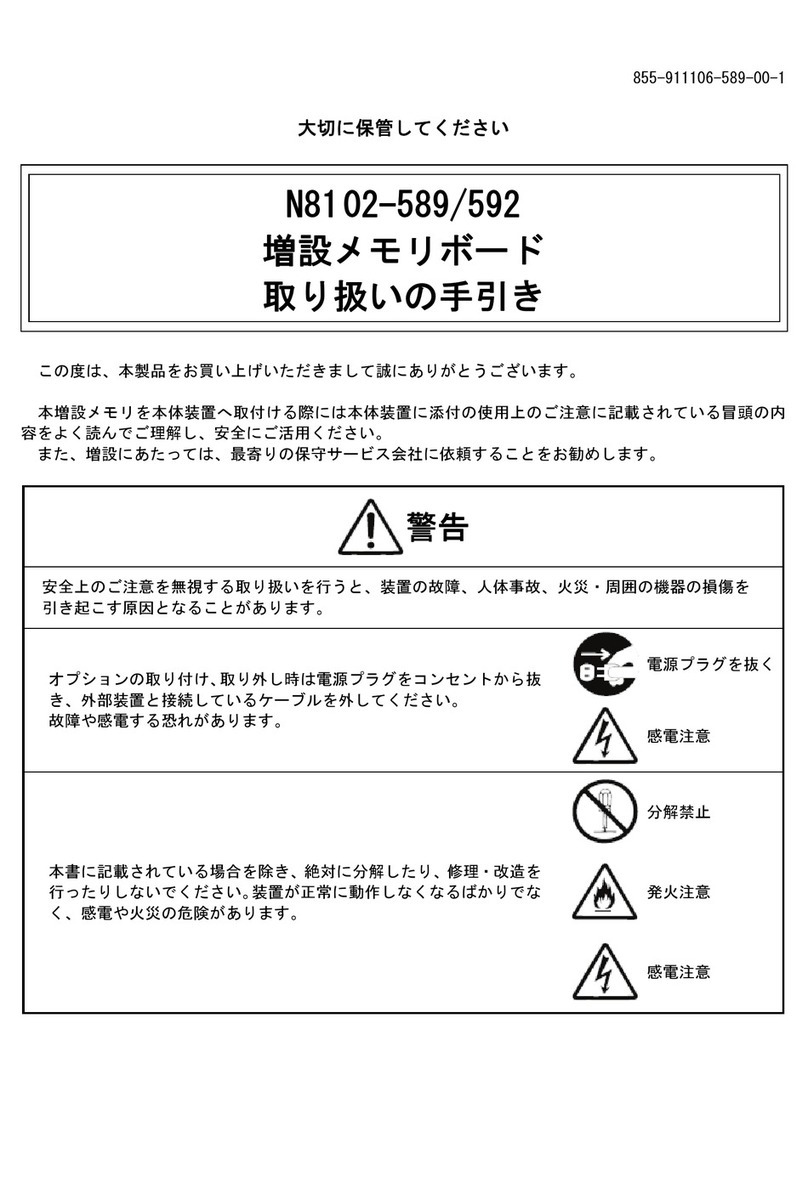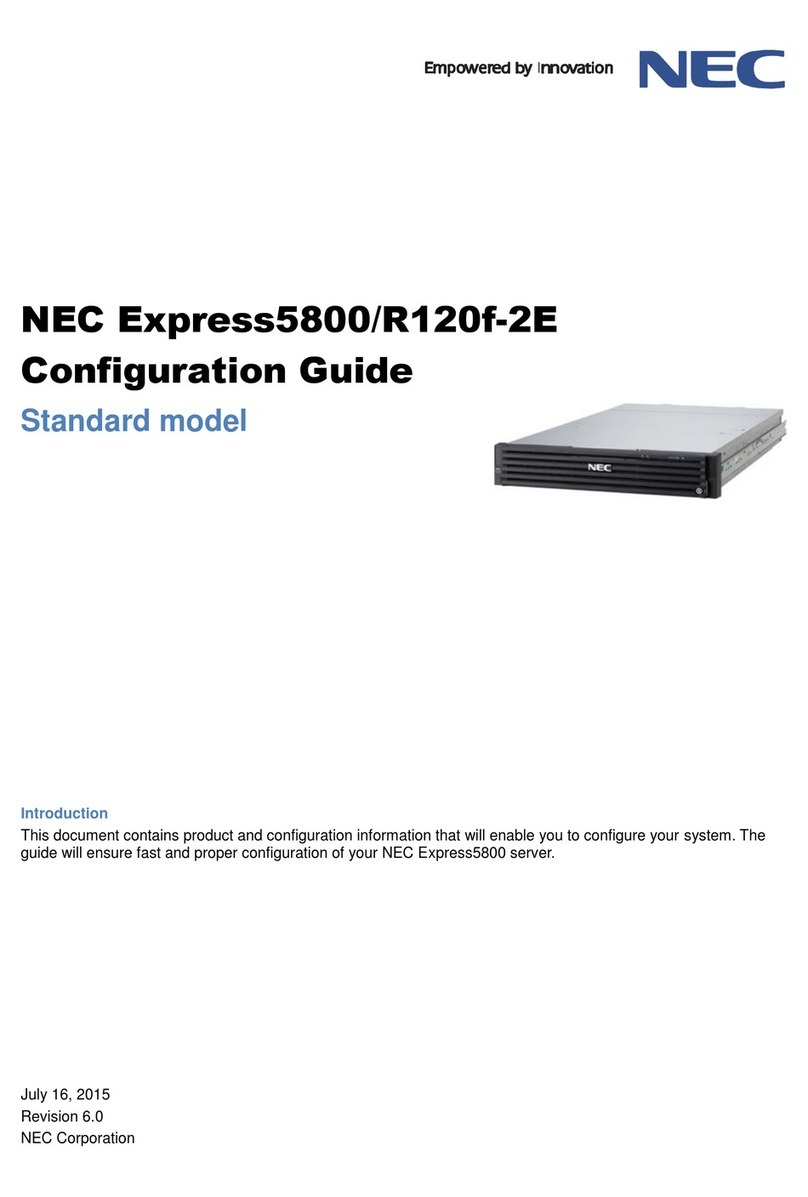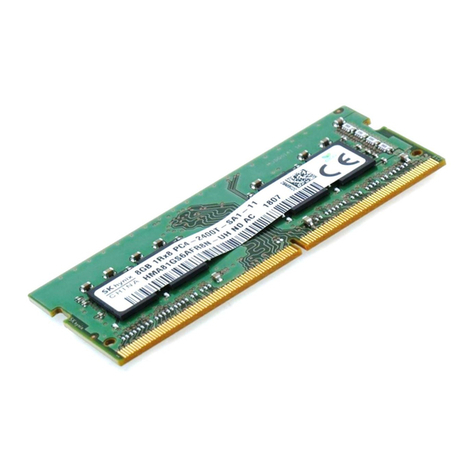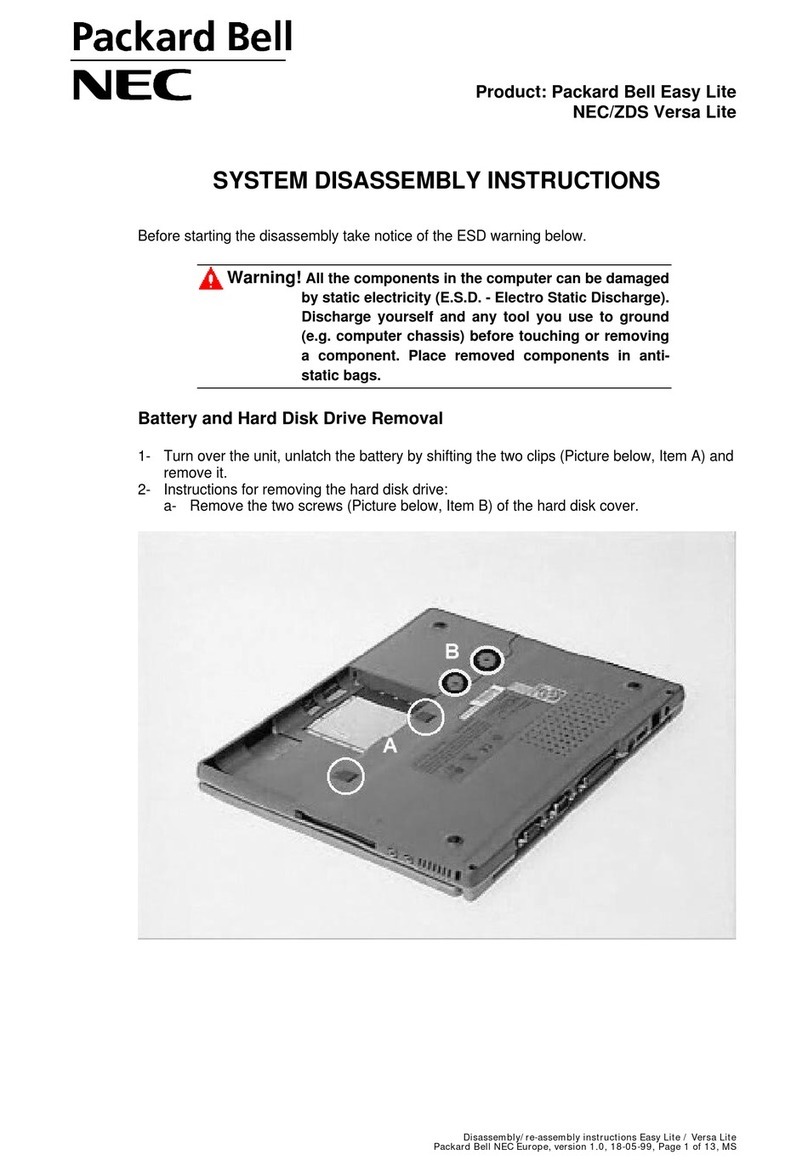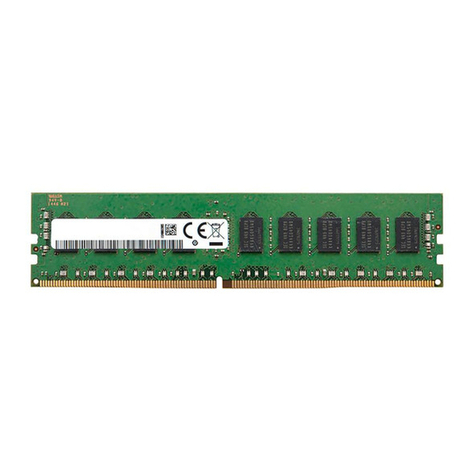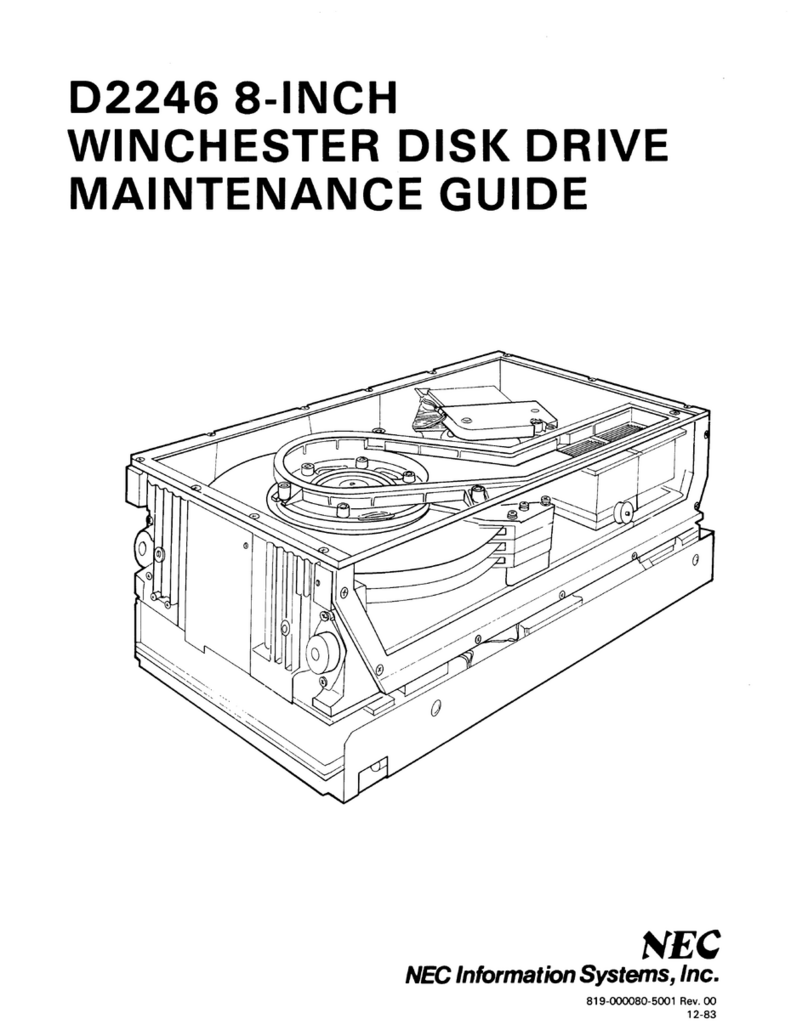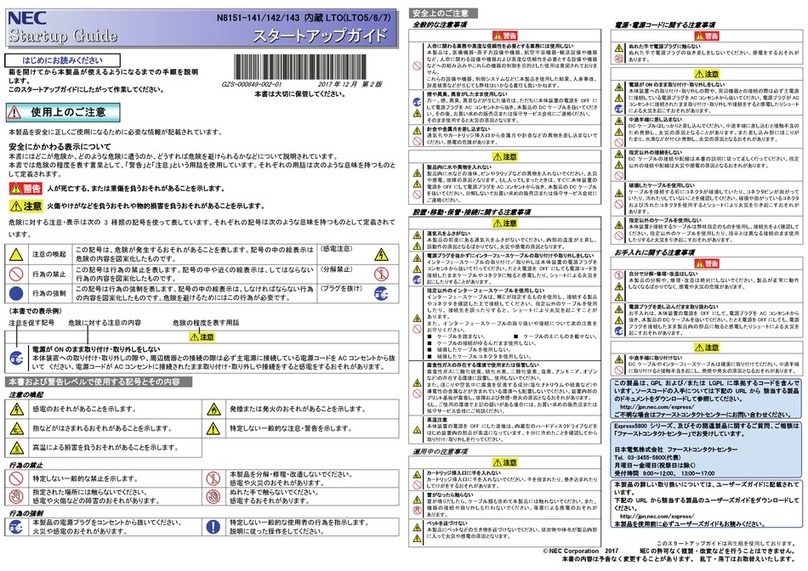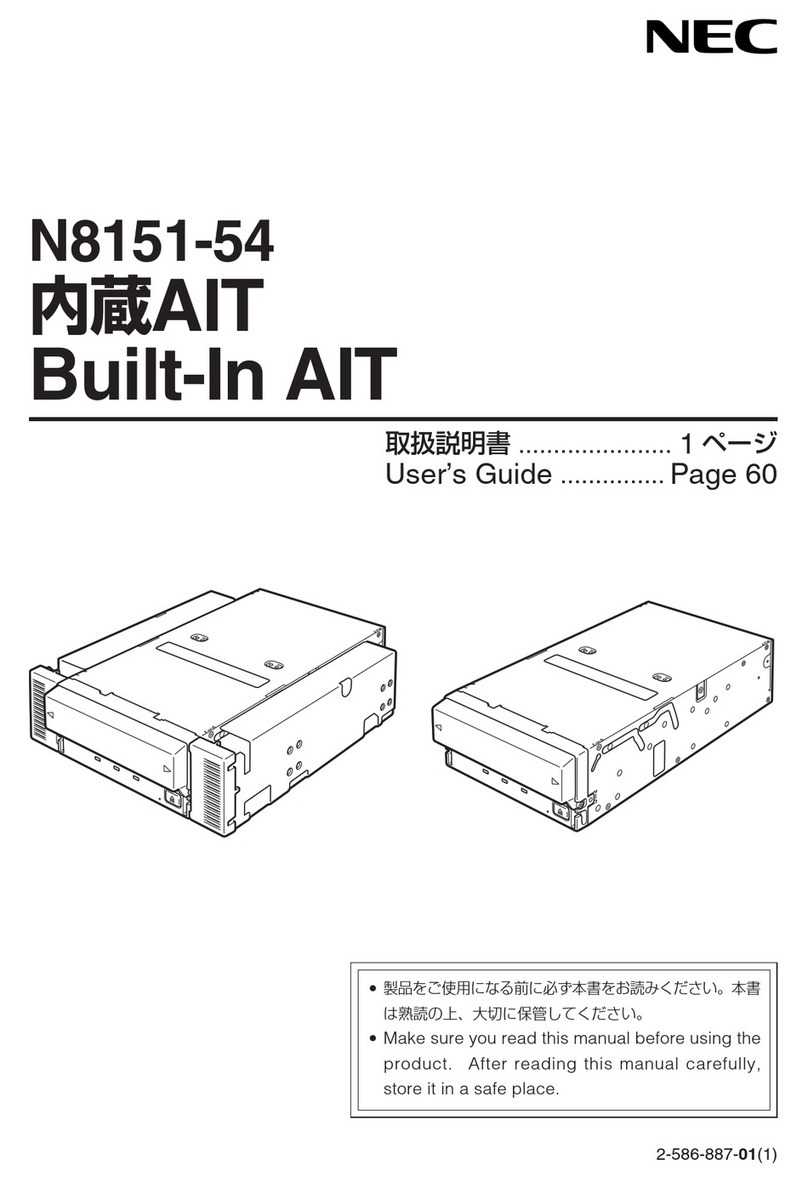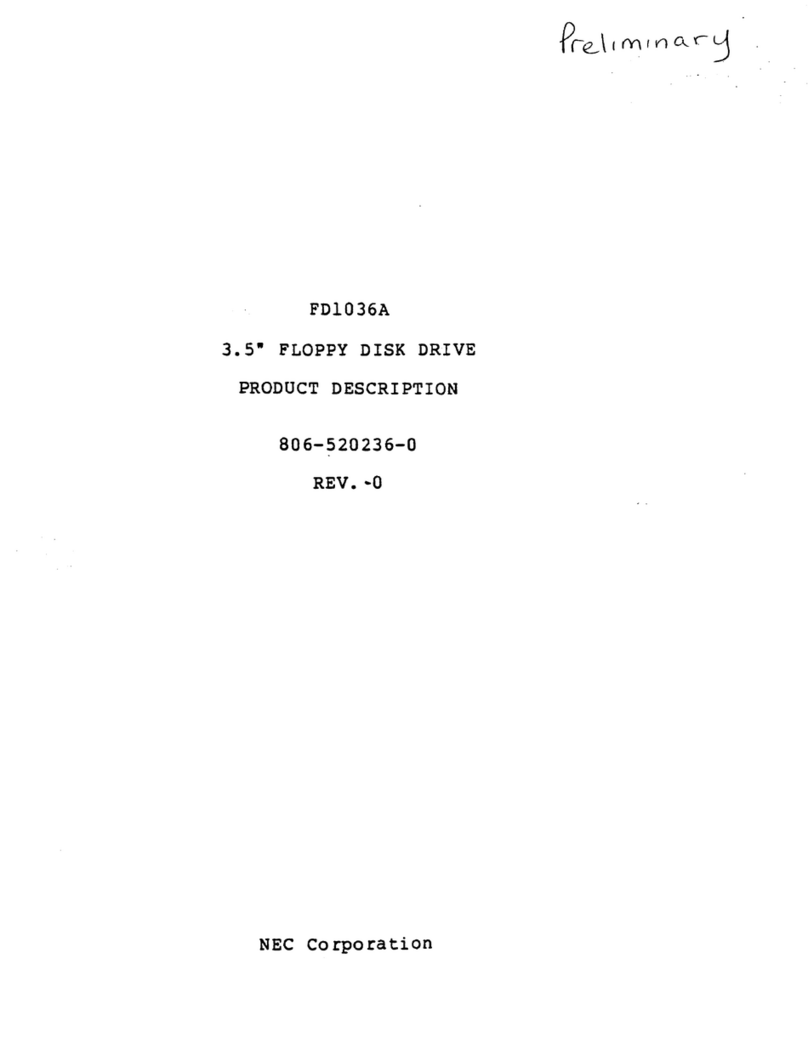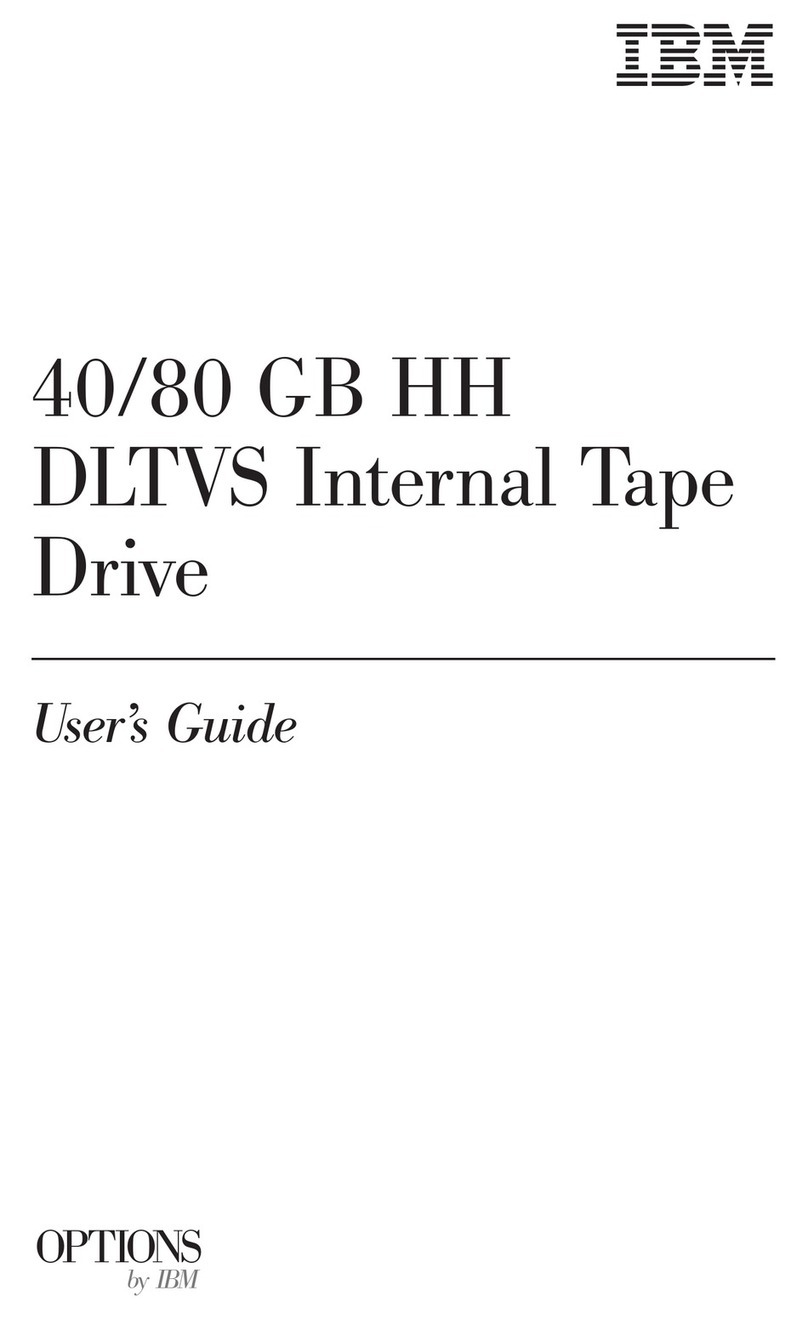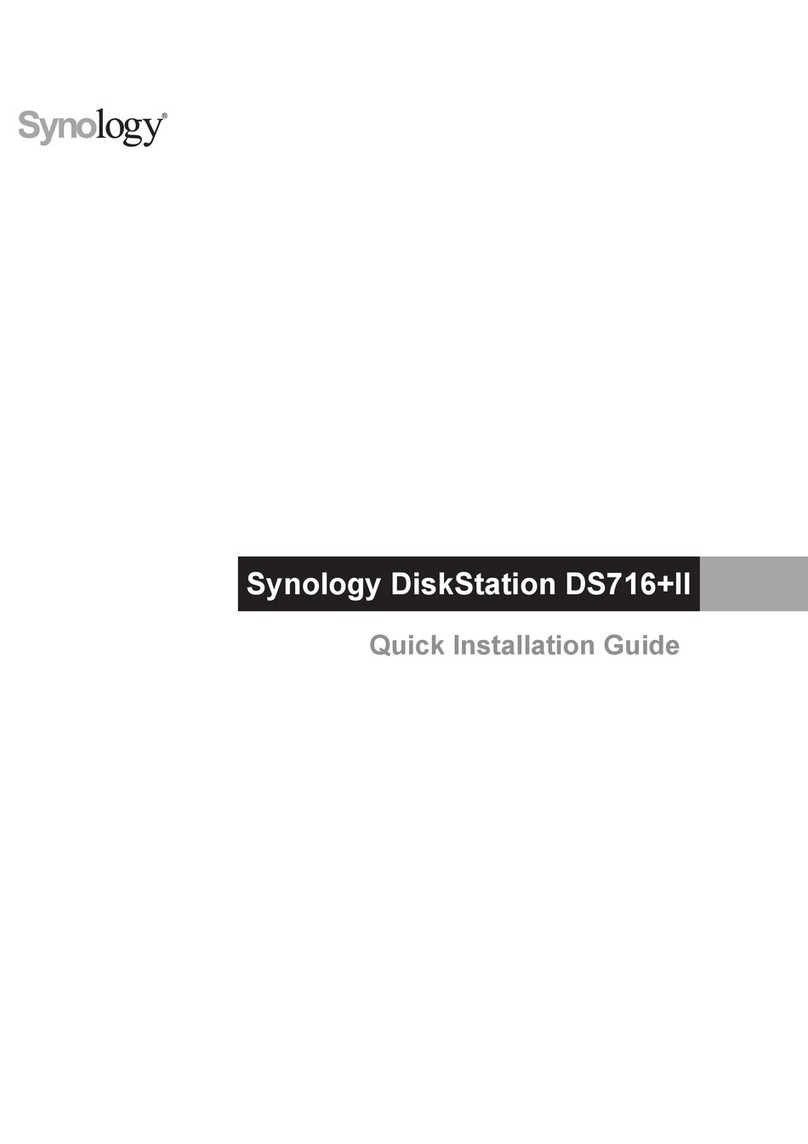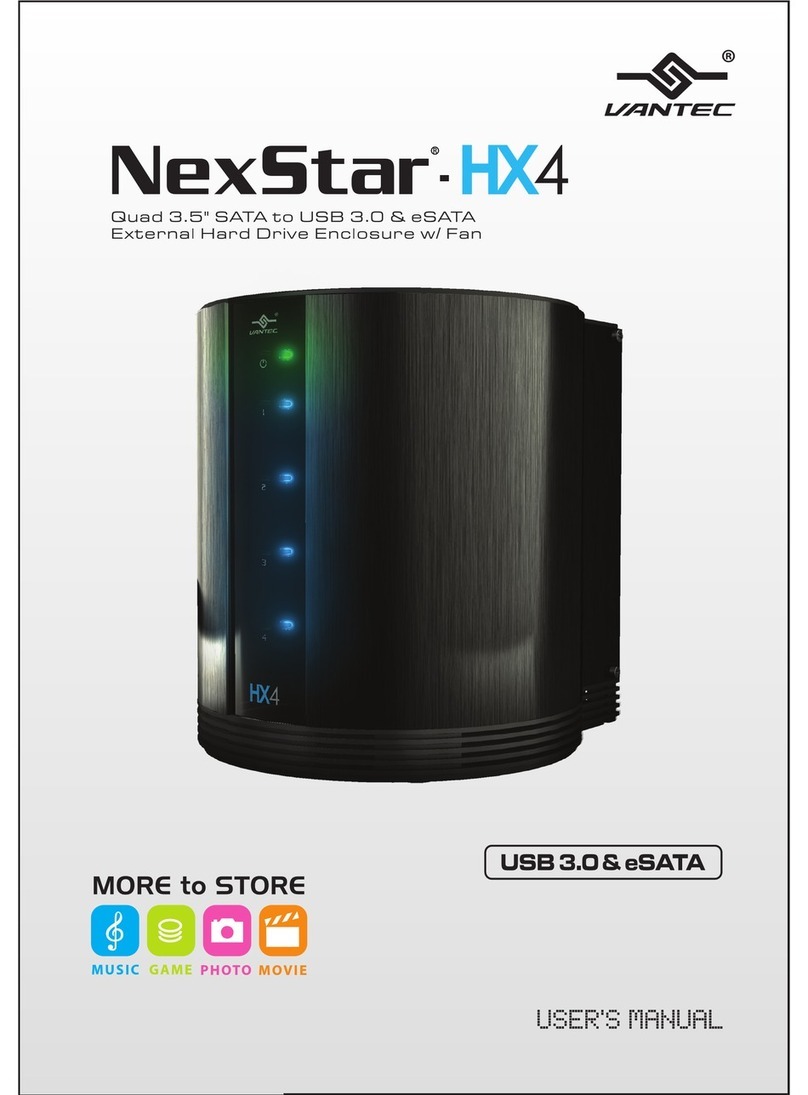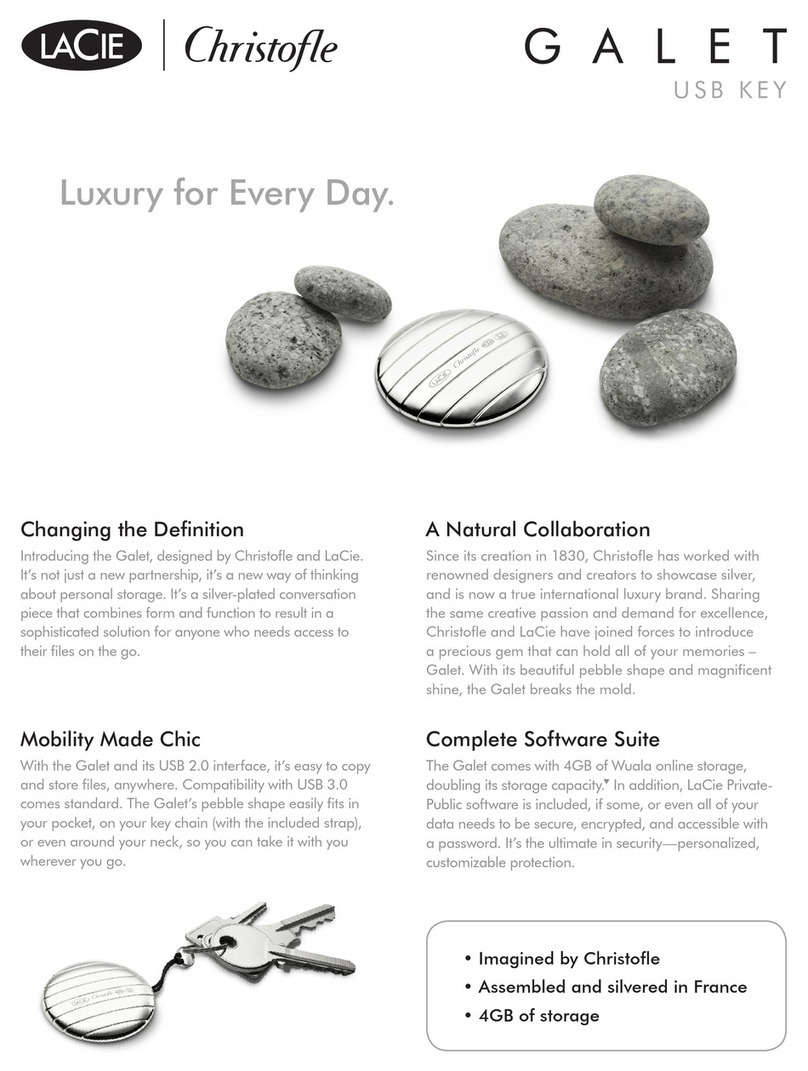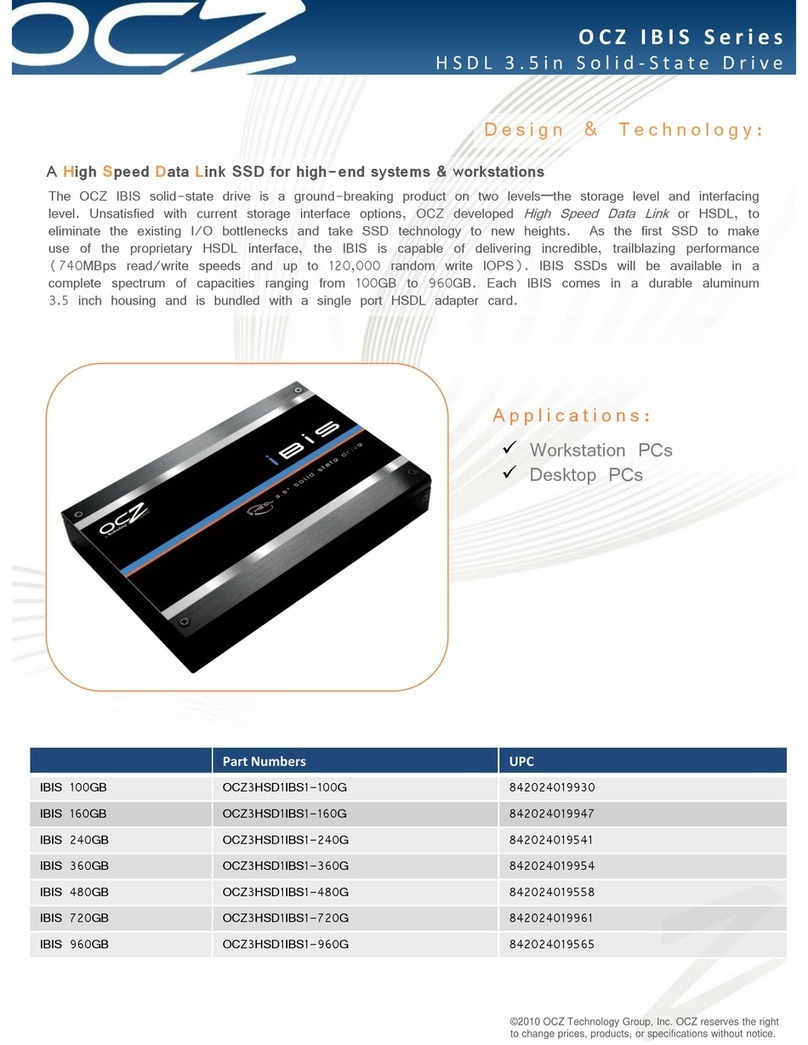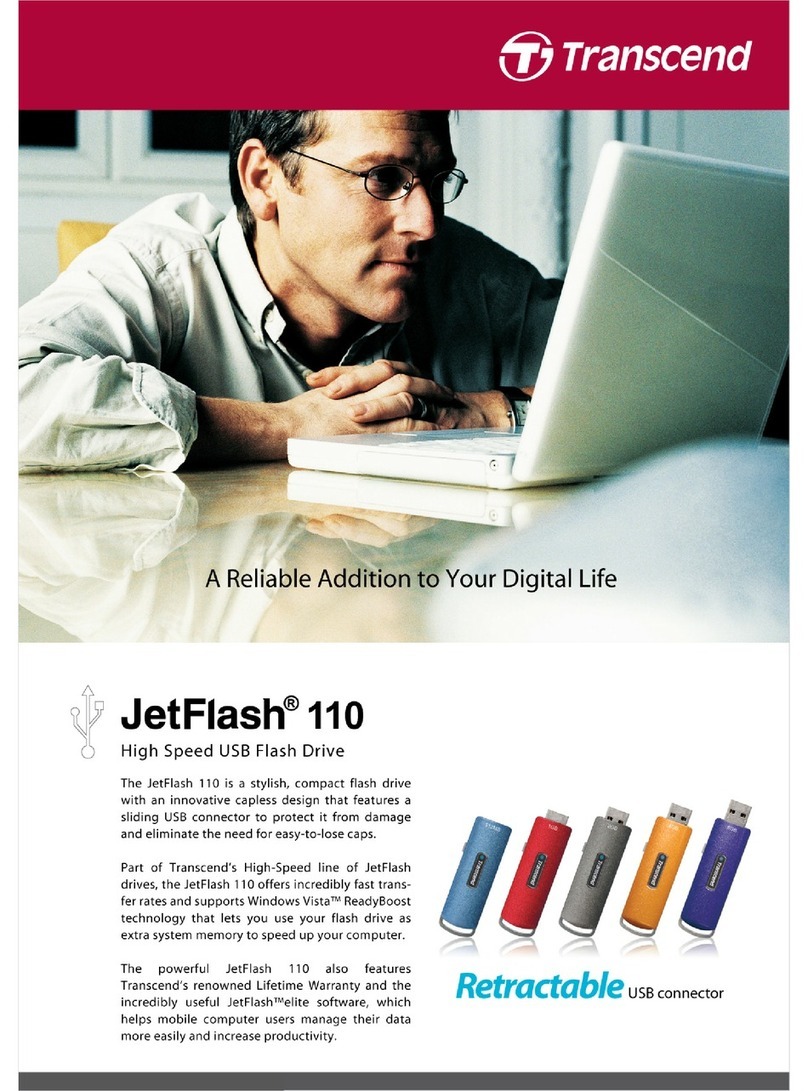
━━━━━━━━━━━━━━━━━━━━━━━━━━━━━━
CAUTION
• When connecting computer equipment, audio equipment, speakers, etc.,
be sure to read the respective manuals carefully, turn of the power and
follow the connection instructions. Using cords other than the specified
cords or extending cords could generate heat and result in burns, etc.
• Set the volume to the minimum before turning on the power.
Sudden bursts of loud sound could result in hearing impairment.
• Do not store or use the unit in extremely hot places or places where
the humidity fluctuates greatly. Doing so could lead to fires or electric shocks.
• Do not store or use the unit in places exposed to direct sunlight or
near equipment that generates heat. Doing so could lead to fires.
• Do not place the unit on unsteady tables, slanted surfaces or other
unstable surfaces. The unit could fall or tip over, resulting in injury.
• Do not store or use the unit in humid or dusty places. Doing so
could lead to fires or electric shocks.
• Do not store or use the unit with heavy objects or objects that
stick out passed the frame on top of it. The object or unit may
lose its balance and tip over or fall, resulting in injury.
• Do not let stick your hands into the disc insertion slot, as this could
cause injury.
• Do not use cracked or misshapen discs or discs that have been repaired
with adhesives, etc. Discs rotate at high speeds inside the unit. If such discs
are used, they may break and fly out, resulting in injury.
• Do not look directly at the laser source. Exposing the eyes to the
laser beam could result in vision impairment.
• When used near a radio or TV, the unit may generate noise in
the radio or TV. Also, if there is equipment generating strong
magnetic forces nearby, this may generate noise in the unit.
• Keep the disc tray closed except when inserting or removing
discs in order to prevent injury from bumping into the disc tray.
• When disconnecting from computer equipment, wait to remove a couple
of minutes until it gets cold. The enclosure may have some points over 60℃.
